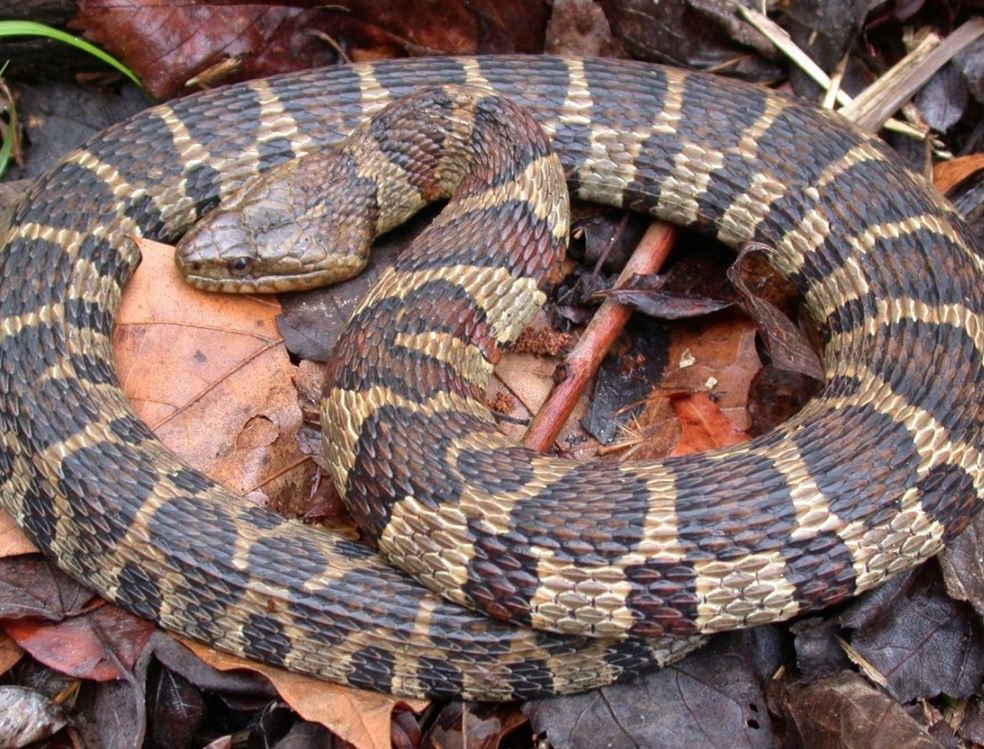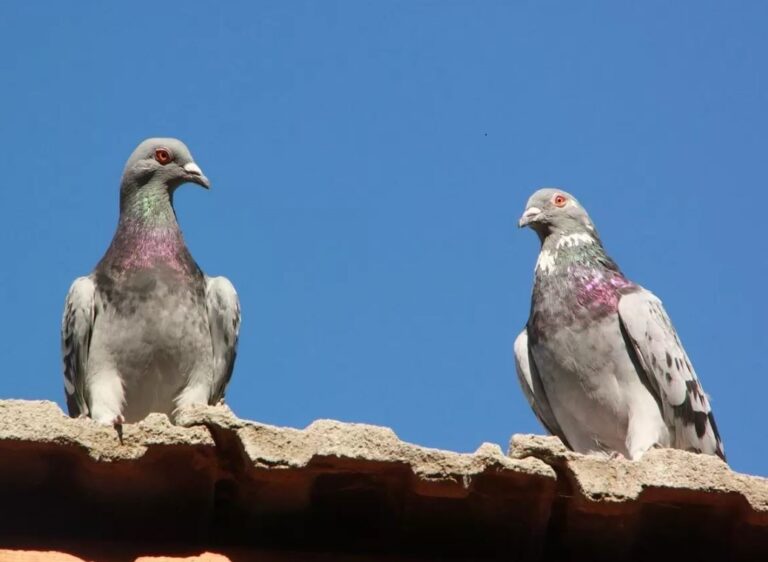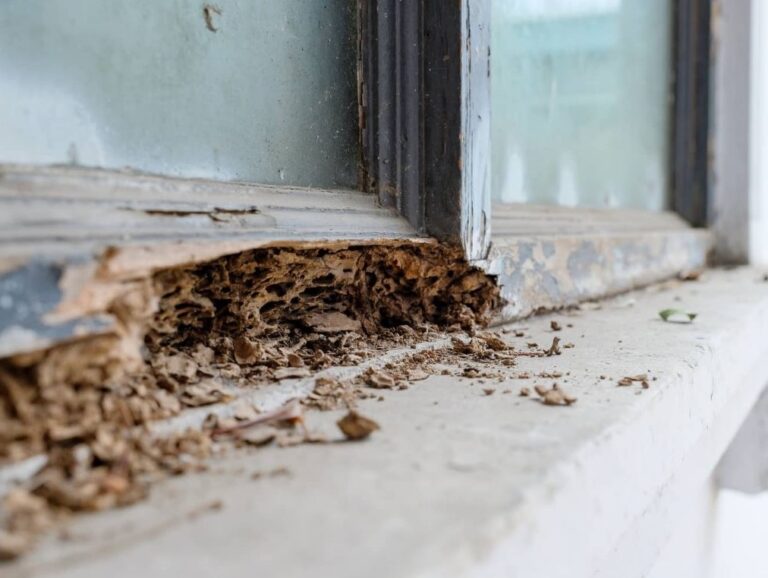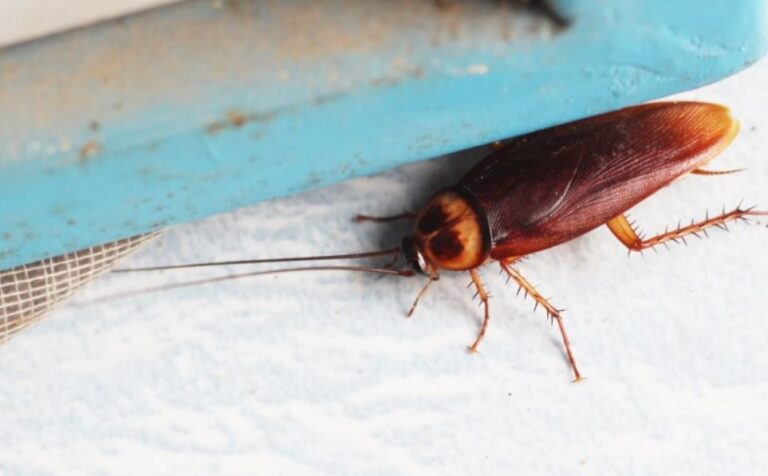Common and Venous Snakes of Charlotte, NC: A Guide to Identification and Safety
Charlotte, North Carolina, with its lush forests, wetlands, and suburban landscapes, is home to a variety of snake species. While most are harmless and even beneficial to the ecosystem, a few are venomous and require caution. Whether you’re a hiker, gardener, or simply a nature enthusiast, knowing how to identify these snakes can help you stay safe and appreciate local wildlife.
In this guide, we’ll explore the most common snakes in Charlotte, highlight the venomous ones, and provide tips on what to do if you encounter them.
Non-Venomous Snakes of Charlotte
Most snakes in the region are non-venomous and play a crucial role in controlling rodent and insect populations. Here are some frequently encountered species:
1. Eastern Rat Snake (Pantherophis alleghaniensis)
- Appearance: Black with faint white markings, sleek body, and a white chin.
- Habitat: Forests, fields, and suburban areas.
- Behavior: Excellent climbers, often found in trees or barns.
- Why They’re Beneficial: They keep rodent populations in check.
2. Eastern Garter Snake (Thamnophis sirtalis)
- Appearance: Striped in green, yellow, or brown with a distinct lateral stripe.
- Habitat: Gardens, wetlands, and grassy areas.
- Behavior: Mild-mannered; may release a musky odor if threatened.
3. Northern Water Snake (Nerodia sipedon)
- Appearance: Dark brown or black with reddish-brown bands; often mistaken for a cottonmouth.
- Habitat: Near ponds, rivers, and streams.
- Behavior: Non-venomous but may bite if handled.
4. Dekay’s Brown Snake (Storeria dekayi)
- Appearance: Small (9-13 inches), brown or gray with faint stripes.
- Habitat: Under logs, leaf litter, and urban gardens.
- Behavior: Shy and harmless; feeds on slugs and insects.
Venomous Snakes of Charlotte
While rare, Charlotte has a few venomous snakes that residents should recognize. If encountered, keep a safe distance and do not attempt to handle them.
1. Copperhead (Agkistrodon contortrix)
- Appearance: Tan or copper-colored with hourglass-shaped bands.
- Habitat: Forests, rocky areas, and suburban woodpiles.
- Danger Level: Venomous but rarely fatal; bites require medical attention.
2. Timber Rattlesnake (Crotalus horridus)
- Appearance: Heavy-bodied with dark crossbands and a rattle at the tail.
- Habitat: Dense forests and mountainous regions near Charlotte.
- Danger Level: Highly venomous; seek immediate help if bitten.
3. Eastern Cottonmouth (Agkistrodon piscivorus)
- Appearance: Dark, thick-bodied with a white mouth (when threatened).
- Habitat: Swamps, marshes, and slow-moving streams.
- Danger Level: Aggressive when provoked; venomous bite requires emergency care.
What to Do If You Encounter a Snake
- Stay Calm & Back Away – Most snakes will retreat if given space.
- Do Not Handle It – Even non-venomous snakes may bite if threatened.
- Identify from a Distance – Look for key markings before deciding on next steps.
- If Bitten by a Venomous Snake:
- Keep the affected limb immobilized.
- Remove tight clothing/jewelry near the bite.
- Seek emergency medical help immediately.
- Do NOT cut the wound, suck out venom, or apply a tourniquet.
Myths vs. Facts About Snakes
❌ Myth: All snakes are aggressive and will chase you.
✅ Fact: Snakes prefer to avoid humans and only strike in self-defense.
❌ Myth: Baby snakes are more dangerous than adults.
✅ Fact: While venomous baby snakes can deliver a bite, adults inject more venom.
❌ Myth: You can always tell a venomous snake by its triangular head.
✅ Fact: Many non-venomous snakes flatten their heads when threatened, mimicking venomous species.
Final Thoughts
Snakes are an essential part of Charlotte’s ecosystem, and most pose no threat to humans. By learning to identify local species and understanding their behavior, you can coexist safely with these fascinating reptiles.






